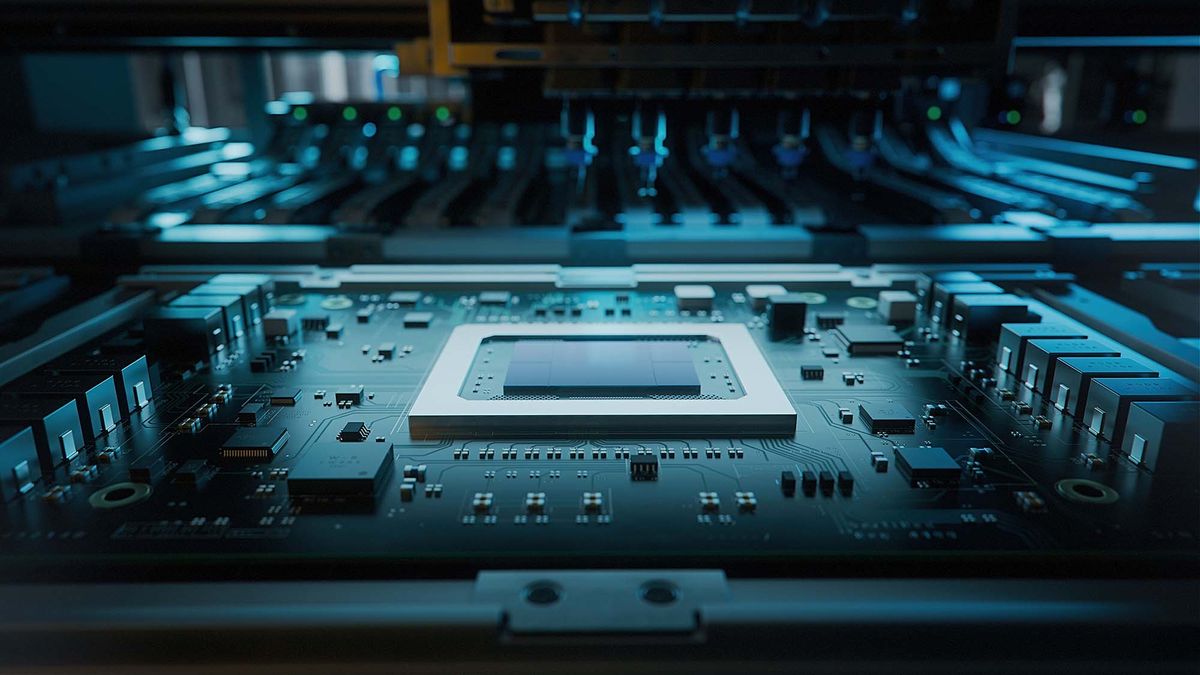The global chip shortage, also called the semiconductor shortage, is something that seems to have snuck up on everyone in the world, even though it’s something that should have been obvious.
Just about everything nowadays has silicon chips in it, from our phones and computers to our kitchen appliances and even our cars. And all of this tech is becoming increasingly advanced so that the best processors aren’t being reserved for just the latest gaming PC.
This also isn’t the first time it’s happened: a major chip shortage occured in 1988 (opens in new tab) due to high demand; in 2000 due to Intel experiencing a shortage of several products (opens in new tab); and in 2011, an earthquake in Japan caused a severe shortage of NAND memory and displays (opens in new tab), just to name a few.
Chip shortages tend to happen due to either supply chain or human labor reasons, but instead of the industries so reliant on these chips looking to overhaul the production process to make it less vulnerable to these shortages, it remains business as usual even as these crises continue to occur.
And now that the latest shortage starting from 2020 has the entire tech industry in its grasp from cars to the latest and best graphics cards and video game consoles, everyone is suddenly asking what the global chip shortage is, why it is happening, and how long will it last before we see any improvement? Some of those questions are easier than others to answer, but we’ve pulled in all the resources we can to help explain how we got here.
What is the global chip shortage?
A global chip shortage is a phenomenon that affects the semiconductor industry and the industries that rely on it when the former is unable to produce enough chips to satisfy the demand of the latter. These chips are absolutely vital to the tech industry at large, as they are used in just about every modern electronic device in the world.
Integrated circuits are created by interlaying tiny semiconducting nanoelectronics into layers of silicon. This invention revolutionized electronics – and the world – in the last 70 years, but it also created a thorny problem.
Unpredictable disruptions can result in a massive shortages in nearly every consumer good that has electronics in it or employs them at some point in its production. This can affect everything from the quality of rail service in cities to the food getting to supermarkets well beyond just impacting the availability of consumer goods like the best monitors, iPads, and computers.
We are currently in such a time and this has been experienced by consumers as a shortage of just about everything for the past two years – so much so that it is a major driver of global price inflation on most consumer goods.
What caused the global chip shortage?
The main cause of this global chip shortage is the ongoing COVID-19 pandemic, which started back in late-2019. There were two main results from this: disruptions in supply chains due to labor shortages, as well as a 13% increase in global demand (opens in new tab) for PCs because of the switch to the work-from-home economy.
In the computing industry in particular, the shortage was further exacerbated by the rise of cryptocurrency. Graphics cards and CPUs have been scarce as those who mine these digital currencies added an unexpected source of demand for these components, making it even more difficult for the traditional consumer to find them.
Another cause was a series of droughts in Taiwan (opens in new tab), one of the main centers of chip production in the world and home to the Taiwan Semiconductor Manufacturing Company (TSMC), one of the most important semiconductor suppliers in the world. These droughts affected the production of ultrapure water, which is used to clean both the factories and the silicon wafers from which silicon chips are fabricated in volume.
Several other events that had additional impact on the chip shortage, including political tensions between the US and China, winter storms in Texas (opens in new tab), fires in Japanese facilities, COVID-related factory shutdowns in Shanghai, and the ongoing Russia–Ukraine war.
When will the global chip shortage end?

Plenty of industry professionals from the likes of Intel and AMD have made projections on when the semiconductor industry would recover from this global chip shortage, and the consensus has been that it will last into 2023.
Intel’s CEO Pat Gelsinger stated that “Demand exploded to 20% year-over-year and disrupted supply chains created a very large gap…and that exploding demand has persisted,” which is something that will take years to fully recover from. Dell co-founder and CEO Michael Dell also believes that the shortage will last for a few more years.
AMD’s CEO Lisa Su has a similar outlook, believing that the shortage will begin to alleviate in late 2022, as “the pandemic has just taken demand to a new level.” This was also backed by prediction reports from Gartner, an industry analytical firm, who stated that it would last throughout 2022 as well
Meanwhile, both TSMC and Quanta Computer – the sole suppliers for some of the best MacBook and Macs models – have been looking into opening new factories and moving production locations to increase chip production, but this is years away from helping ease the shortage. TSMC has also been trying to open locations in the US as well, but it has been a similarly slow process.
There is hope, however, as some recent developments have helped to alleviate the shortage. Graphics card and CPU stock, which has been a fairly accurate representation of the shortage status, has slowly recovered. One of the major reasons is due to the decline of Ethereum mining, as well as cryptocurrency in general.
Chip fabrication plants that were started before the pandemic are starting to come online, and some of the demand from work-from-home and hybrid workforces for new tech for their jobs has largely been satisfied by now and is unlikely to surge the way it did in 2020.
With new tech products rolling out every year, however, and the increasing penetration of computers into previously analog products and services, its impossible to tell right now how far from a full recovery we actually are, or if one is even really possible.
For all the latest Technology News Click Here
For the latest news and updates, follow us on Google News.

